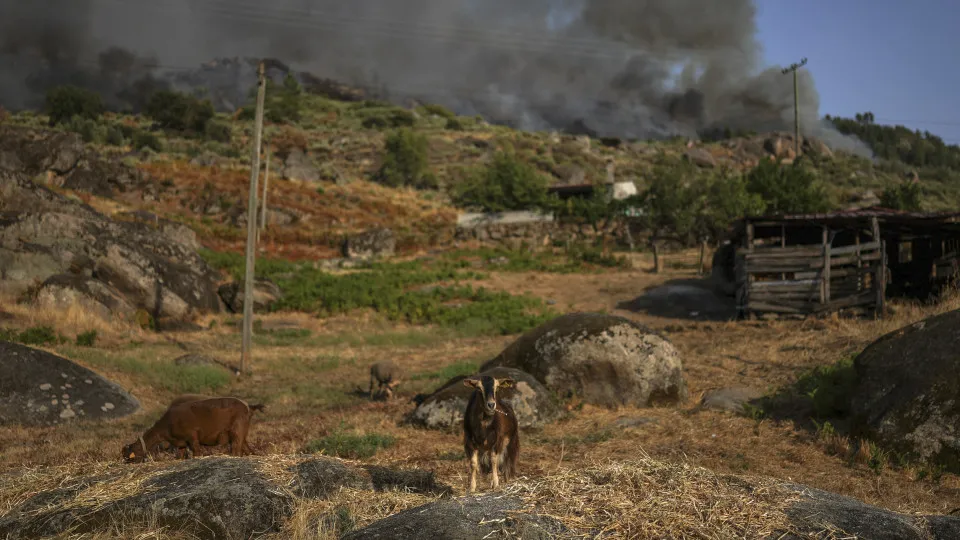
The document, developed by the Wildlife Unit of the Department of Biology and the Center for Environmental and Marine Studies, indicates that as many as 120 deer, 150 roe deer, and 140 wild boars might have perished in the fires that struck these areas this month.
“Despite being estimates, we consider them of great relevance for the future of the ungulate populations in this territory, possibly supporting their management in the short to medium term,” stated the coordinator of the academic department and author of the report.
Biologist Carlos Fonseca emphasized that the recovery of ungulate populations, which were reintroduced to the Serra da Lousã 30 years ago, will soon become a reality in this territory, given the species’ resilience.
“These populations can greatly contribute to the economic, social, and ecological value of this vast region,” highlighted the coordinator of the Wildlife Unit of the Department of Biology and the Center for Environmental and Marine Studies at the University of Aveiro.
The report was based on fieldwork and monitoring conducted by the team from the Wildlife Unit of the Department of Biology and the Center for Environmental and Marine Studies following the fires in Piódão, Arganil, and Lousã, in the district of Coimbra, which affected the Açor, Lousã, Estrela, and Gardunha mountains in the central range.
In addition to these deaths, nearly three hundred animals might have been injured due to burns or collisions, with deer likely being the most affected species.
In a survey of these species’ populations, researchers from the University of Aveiro counted between 250 and 350 deer, particularly in the Serra da Lousã, where the largest concentration of these animals is found, along with 40 to 60 roe deer and 30 to 50 wild boars.
“In very significant parts of the affected areas, the nature of the fire, the terrain, and the vegetation cover allowed many animals to detect the risk in advance, seeking refuge or moving to unaffected areas, unlike the fires of 2017, where mortality was higher,” explained Carlos Fonseca.
According to the biologist, there were several “islands” of arboreal cover that did not burn, especially in the Serra da Lousã, which currently serve as important refuge areas for fauna.
Researchers also discovered various carcasses of birds, carnivores, and other mammals, underscoring the impact of fires on many other animal species.
The fire that broke out in the Piódão area, in the Serra do Açor, on the 13th, consumed about 11,800 hectares in the Arganil municipality, representing nearly 40% of its total area.
The fire also affected the municipalities of Pampilhosa da Serra and Oliveira do Hospital (Coimbra district), Seia (Guarda), and Castelo Branco, Fundão, and Covilhã (Castelo Branco district).
It also marks the largest burned area ever in Portugal, with 64,000 hectares consumed, according to the provisional report by the Institute for Nature Conservation and Forests (ICNF).
The Lousã municipality was affected by a major fire that started on the 14th and spread to the neighboring municipality of Góis, consuming 3,500 hectares in the Serra da Lousã.




